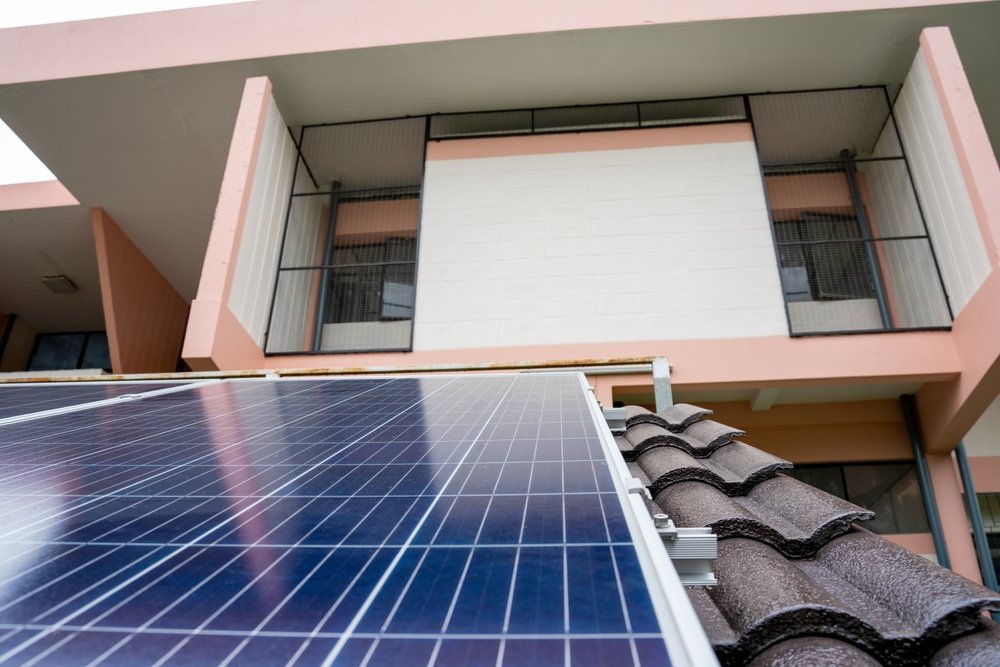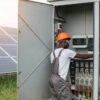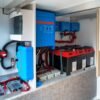Top 3 Causes of Solar Power Loss in Kenya
Top 3 Causes of Solar Power Loss in Kenya (and How to Fix Them)
Top 3 Causes of Solar Power Loss in Kenya. Investing in solar energy in Kenya is smart and sustainable—but to get the best performance, you must minimize power losses. Many homeowners and businesses unknowingly lose up to 15–30% of their solar power due to voltage drop, inverter inefficiencies, and excessive heat.
In this article, we break down these 3 major causes of solar power loss and show you exactly how to fix them.
1. Solar Voltage Drop – Why Cable Size Matters
What is Voltage Drop?
Voltage drop is the reduction in voltage as electricity flows through a cable. All cables have resistance, and the longer and thinner the cable, the more energy you lose before it reaches your battery, inverter, or load.
How to Reduce Voltage Drop
Use the correct solar cable thickness (mm²) for the distance and current (Amps).
Longer distances and higher currents need thicker cables.
Examples:
- 10A over 10 meters = 4mm² cable.
- 20A over 20 meters = 10mm² cable.
Kenya Example – Solar Water Pump
Imagine you’re installing a 1HP solar water pump 30 meters from your panel.
- Using 2.5mm² cable could waste up to 20% of your power.
- Switching to 6mm² or 10mm² minimizes loss and improves pump performance.
Summary: Long cables = power loss. Use correct cable size = efficient system.
Tip: Always ask your solar installer to calculate voltage drop based on your current (Amps), distance, and voltage.
2. Solar Inverter Losses – Why 100% Power Never Reaches Your Appliances
Do Inverters Deliver All the Power?
No. Solar inverters have internal losses—typically 5–15%. This happens when converting DC power from your panels into AC power for your appliances.
Modified Sine Wave vs. Pure Sine Wave Inverters
Modified Sine Wave:
- Efficiency: 80–90%.
- More energy waste.
- Not safe for sensitive electronics like TVs or laptops.
Pure Sine Wave:
- Efficiency: 90–95%+.
- Delivers clean AC power, safe for all electronics.
- Less energy wasted.
Example of Inverter Loss
A 1.5kW solar system with a modified sine wave inverter at 85% efficiency gives: 1,500W×0.85=1,275W1,500W × 0.85 = 1,275W1,500W×0.85=1,275W
That’s 225W wasted every hour.
Switch to a pure sine wave inverter (95% efficiency): 1,500W×0.95=1,425W,1,500W × 0.95 = 1,425W,1,500W×0.95=1,425W,
you recover 150W every hour, saving power (and money).
How to Reduce Inverter Losses
- Always choose a pure sine wave inverter.
- Size the inverter correctly (not too small or too large).
- Install it in a well-ventilated area to avoid overheating.
- Use short, thick DC cables between panels, batteries, and inverter.
3. Heat and Solar Panel Efficiency
Does Heat Reduce Solar Output?
Yes. High temperatures can lower solar panel efficiency even when the sunlight is strong. Solar panels are tested at 25°C, and for every degree above this, they lose 0.3–0.5% power.
Kenya’s Strong Sun = Heat Challenges
In sunny regions like Nairobi, Mombasa, or Turkana, panel surface temperatures can reach 50–70°C, leading to a 5–10% drop in power output.
How to Minimize Heat Loss
💡 Pro Tip:
- Elevate solar panels to allow airflow beneath them.
- Use aluminium mounting rails for better heat dissipation.
- Choose panels with a low temperature coefficient (e.g., Canadian Solar, Jinko).
- Keep panels clean—dust + heat reduces output further.
4. Final Checklist for Maximum Solar Efficiency
- Cable Losses: Use correct cable thickness for your layout.
- Inverter Losses: Pick pure sine wave inverters for better efficiency.
- Heat Losses: Ensure proper ventilation and high-quality panels.
- Ask Questions: A good installer calculates voltage drop, inverter efficiency, and heat performance before installation.
5. Key Takeaway
Kenya’s sun is powerful, but designing your solar system correctly is the difference between 70% and 95% efficiency.
- Use thicker cables to cut voltage drop.
- Pick a pure sine wave inverter to minimize conversion losses.
- Keep your panels cool and well-ventilated for maximum output.



